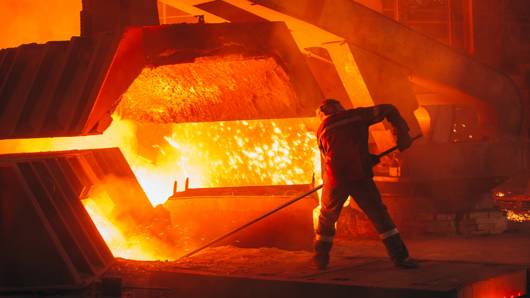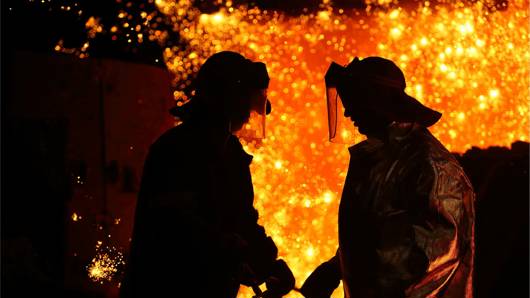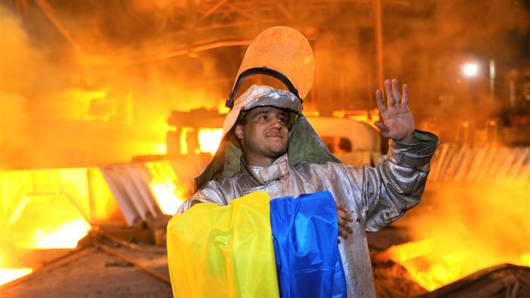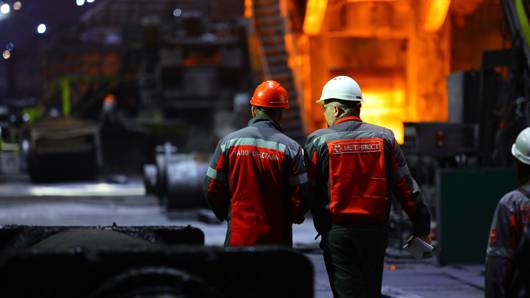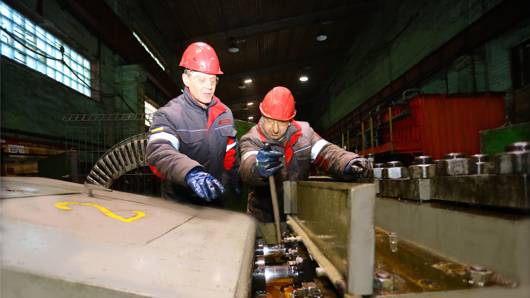As the Russian war against Ukraine rages on, BBC Ukrainecast remains at the forefront, dedicated to providing comprehensive coverage of the war's events. Today, in a departure from its typical discussions, BBC is taking a closer look at an unconventional strategy adopted by the mining and steel company, Metinvest. Owning the Azovstal Steel Works in Mariupol, they have recently shifted their focus to crafting decoys — replicas of weapons designed to deceive the Russian army.
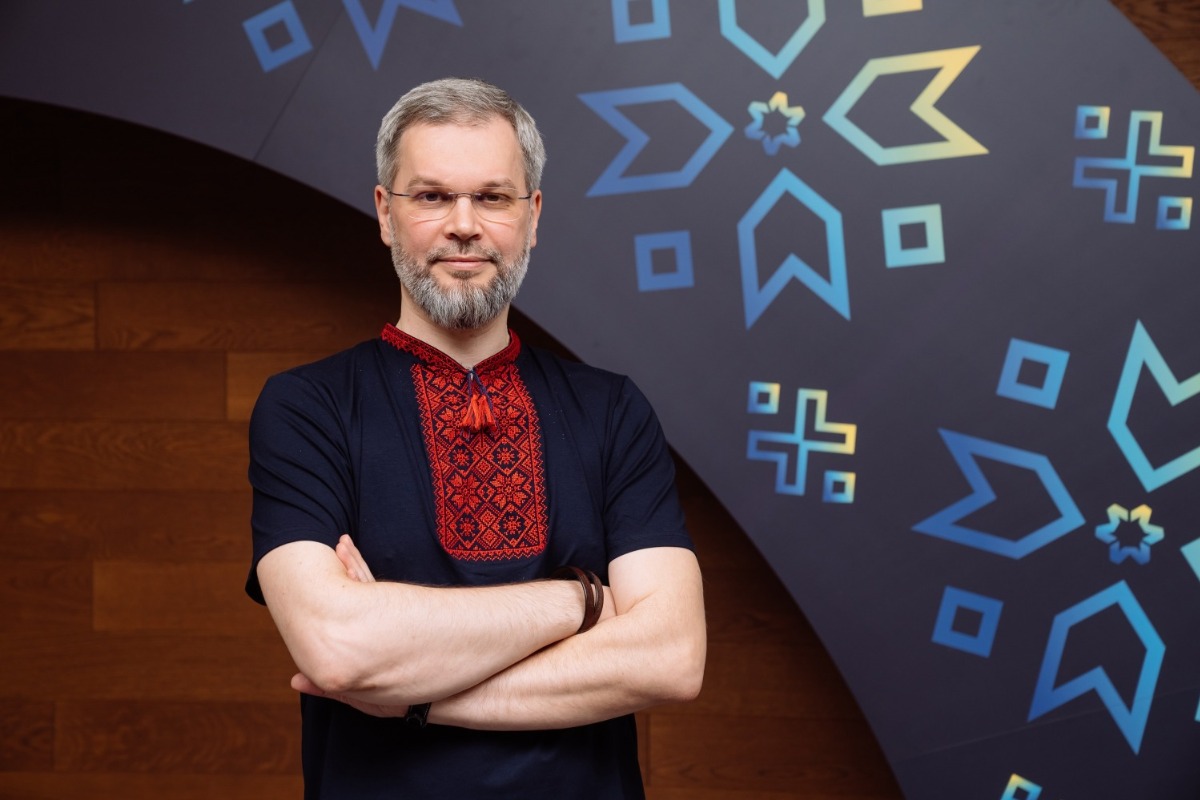
Oleg Davydenko
– Joining us is Oleg Davydenko, Metinvest’s Head of Corporate Communications, who will talk us through the process of making decoys.
– A few months ago, we initiated this production line, aiming for maximum accuracy to real weapons. We began by collecting pictures of genuine weapons, including Ukrainian, American, and European models. Once we mastered the technology, we scaled up production. To date, we've produced around 250 and are continuously expanding our range.
– How do you use them on the front line or how they are used on the front line?
– They're positioned as actual weapons to create decoy deployments of military units. Their role is to divert missiles, shells, or drones from Russian adversaries.
– Are you able to tell us what you are making replicas of: is it tanks, artillery or what?
– Primarily, we focus on artillery, especially howitzers like the Ukrainian D-20 and American models. We've also ventured into radar systems. Depending on the complexity, some take 4-5 days to craft, while others, like radar systems, might require 20 to 30 days.
– What about the cost compared to the real one?
– The difference is vast. One decoy costs around $1000, a stark contrast to the 2 to 4 million dollars for an actual howitzer.
– Sorry, can you say that again? A fake howitzer is how much?
– About $1000 to produce, making it almost 1000 times cheaper than the real thing. And the equipment our adversaries deploy against these decoys, like missiles and shells, is undoubtedly expensive.
– Is it working? Have you been able to fool the Russians?
– Most definitely. The increasing demand for new decoys suggests they're serving their purpose effectively.
– We have got a couple of questions for you from our listeners. “Are there ways that Russians can detect if a target is a decoy or genuine?”
– Our paramount goal is authenticity. Through a standard drone camera, our decoys appear genuine. From our observations, they are often targeted and destroyed soon after deployment, which is a testament to their believability.
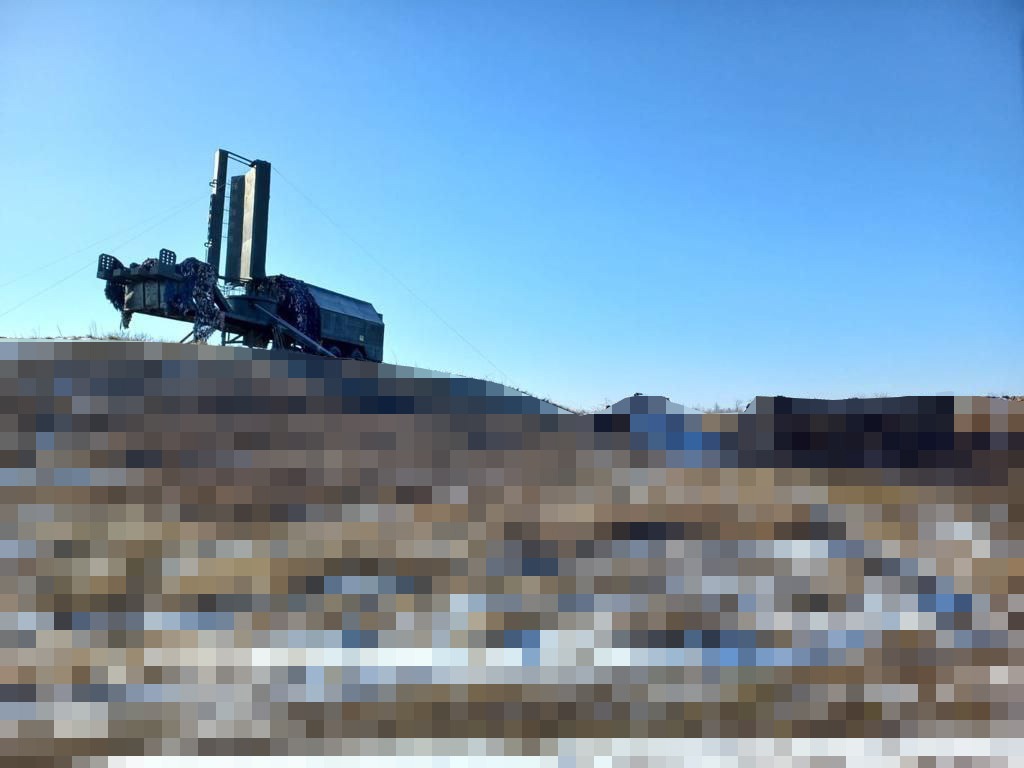
– “Hello, Ukrainecast. I’m Max from Munich in Germany. I was wondering whether Ukraine’s tactic of building decoys could be taken any further, like building entire Potemkin villages for the Russians to waste their time and resources on while they try to capture them. Or whether it’s viable in an age of satellite images and GPS?” What do you think of that idea, Oleg?
– It's an intriguing concept, Max. I believe our armed forces are extensively exploring decoy strategies. We stand ready to produce any decoys deemed beneficial, and we remain open to requests from our armed forces to assist them.
– Would you say, Mr. Davydenko, that this war is personal for Metinvest? Because it has roots in Donetsk occupied by Russia now. It owns Azovstal which was almost completely destroyed by Russians and Mariupol is obviously occupied by Russia as well. Does that feel very personal?
– Undoubtedly. For us, this war's inception wasn't 18 months ago, but almost a decade back. First, we were in Donetsk and then we had to move to other cities, and what happened to Mariupol is a tragedy for all Ukrainians. So, this war is personal not only for Metinvest; it is personal for all Ukrainians. We are doing everything we can to defeat the enemy and be independent, and this sovereignty is the most important thing we are fighting for.
– What happened to your staff from Mariupol? Have you been able to move them out as well?
– Yes, we facilitated the evacuation of over 15,000 people from Mariupol, relocating them to safer areas such as Kamianske, Zaporizhzhia, and Kryvyi Rih. Many have found employment in our factories across these regions.
– Mr. Davydenko, many thanks for talking to us.
– Thanks for inviting me.






